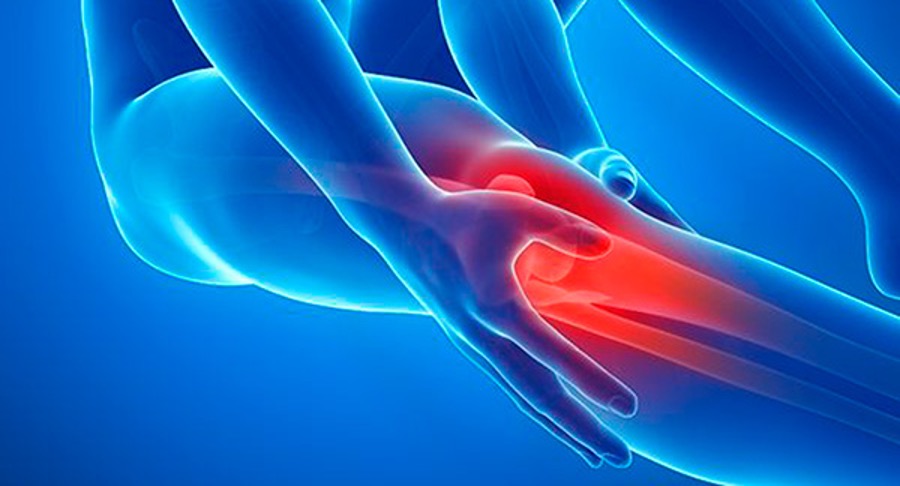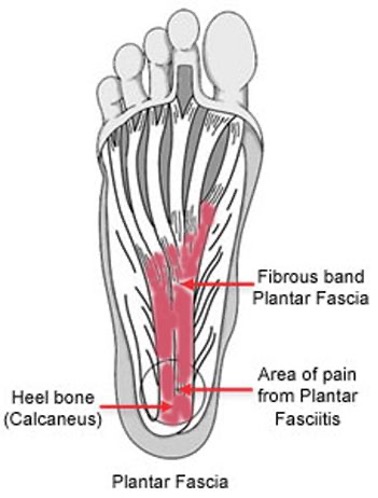Pain in the hip region is a very common presentation. There are many causes of hip pain, a frequent presentation is called Greater Trochanteric Pain Syndrome (GTPS), or ‘hip bursitis’. The University of Queensland reported that in 2022 in Australia alone the condition affected 1.8 per 1000 people, in which it was reported that “it has substantial negative impacts on function, sleep and quality of life”. GTPS is most prevalent between the fourth and the sixth decades of life.
The International Journal of Sports Physical Therapy reports that people often mention the pain is over the lateral aspect of the thigh, and is often exacerbated with prolonged sitting, climbing stairs, high-impact physical activity, or lying over the affected area.
The literature reports many different causes for GTPS, hence the importance of a comprehensive assessment by a sports physiotherapist to correctly identify the cause, any contributing factors, and the management.
Causes of hip bursitis
One common cause is tightness of the lateral band (Iliotibial Band), which can cause repetitive friction and compression to the bursa of the hip. This leads to inflammation of the bursa, known as bursitis.
A contributing factor that is often seen on assessment, is weakness in one of the gluteal muscles. As a consequence, this muscle provides stability to the pelvis region and hip, so weakness in the area creates an ‘unstable’ base which should be a strong ‘foundation’. As a consequence, the repetitive friction and the compression are accentuated.
The International Journal of Sports Physical Therapy states that there are many causes for hip pain, hence why a thorough assessment by a sports physiotherapist is needed. Some conditions include:
- Arthritis
- Referred pain from the back
- Acetabular labral tear
- Muscle strain or a tear
- Sacroiliac joint dysfunction
- Snapping hip syndrome
- Femoral acetabular impingement
- Tendinopathy
- Inflammatory and metabolic disorders
- Infection
- Childhood disorders
Is a hip replacement the answer?
Commonly, it is often heard, “I’ll just get a hip replacement and my hip pain will go away”. As you can see, there are many conditions of the hip and many potential contributing factors. A comprehensive assessment is needed considering the ‘big picture’, not just a hip replacement. Unfortunately, many people present after having a hip replacement and the pain is still exactly the same.
Depending on the exact condition that is diagnosed, the management is varied. The intervention is on a spectrum based on the severity, corrective exercises and foam rolling may be indicated initially, leading to injections, and ultimately a form of surgery.
Robert Vander Kraats is a sports physiotherapist with 18 years of experience, book in with him at Greenwood on 9203 7771 or online for your comprehensive assessment, and learn of any contributing factors.




